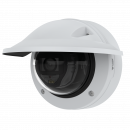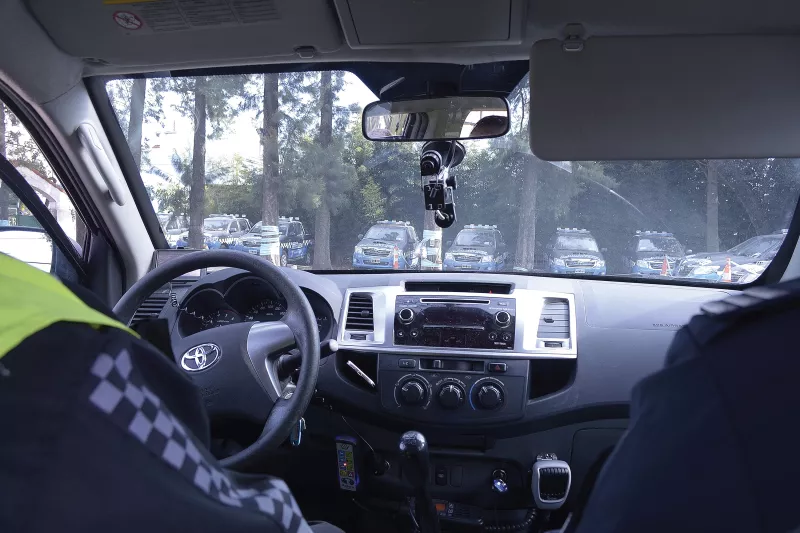
Heading in a new direction.
The city of Vicente López has installed over 800 high technology cameras in government buildings, along public roads, in mass transit – as well as in patrol cars.
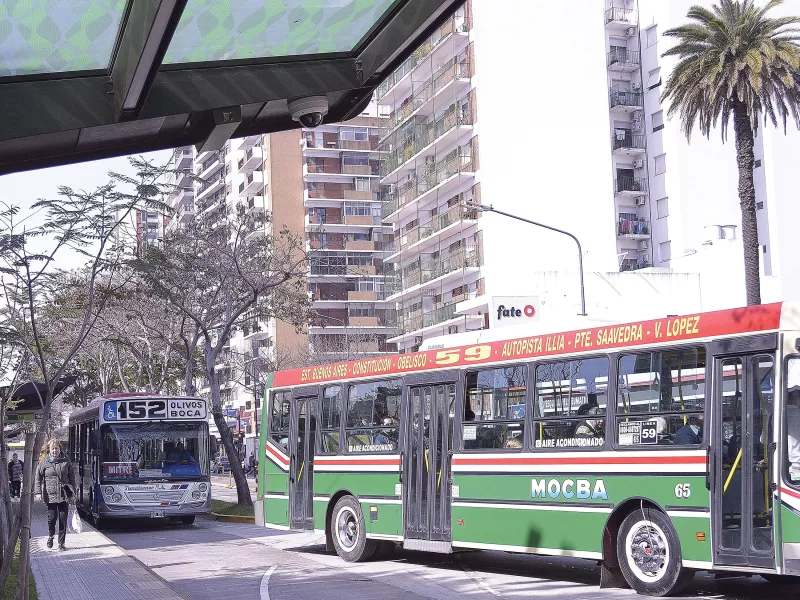
The road to multi-sensor cameras
Faced with the difficulties of successfully monitoring Vicente López with the 80 analog cameras they had in 2011, a new plan was put in place to establish an integrated and efficient video surveillance system.
Bringing the world’s most advanced video surveillance technology to Vicente López with the installation of this equipment has provided public officials with a high definition view of an area equivalent to four football fields, along with the ability to render fine detail without losing view of the entire scene. This nextgeneration technology has enabled even more effective surveillance of suspects by police and other security agencies, resulting in a reduction in crime and increase in the quality of service they are able to provide to the public.
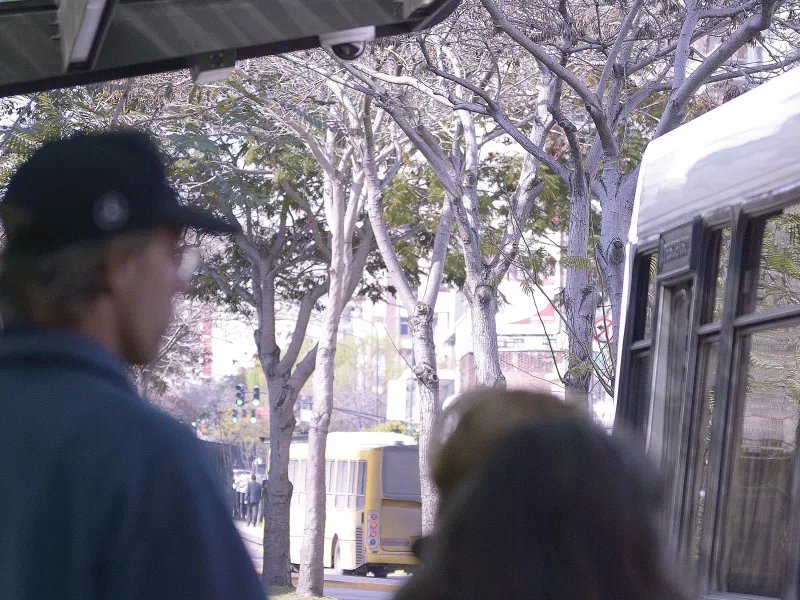
Transportation security
The following stage of the project was the installation of cameras throughout the Metrobus system that connects Vicente López to the province of Buenos Aires, improving security for more than 200,000 daily users.
This corridor is made up of a combination of over-theroad and underground mass transit that has reduced travel time by 32 percent. Metrobus stations and transfer hubs received 42 vandalism-resistant fixed dome cameras.
This new technology will help save time and maintain better communication between patrol officers and control center personnel. This represents a huge leap forward in safety for Vicente López.
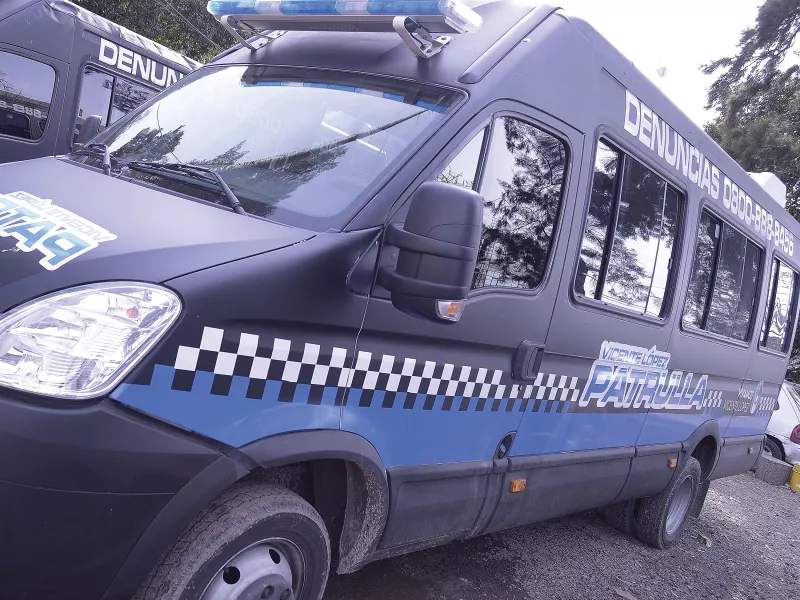
Continuous assessment
The conceptual change in security in Vicente López included a new way of assessing and increasing the police performance. The KPIs (Key Performance Indicators) is a project started by the Vicente López city hall together with Torcuato Di Tella University that seeks to measure both the Security Bureau and Security Forces performances in the region. This was important for the support and initial development of the “Security Bureau State System”.
The second indicator is the “vehicles theft rate”, which compares Vicente López with other cities and can analyze how many vehicles were stolen in the last month per 100,000 inhabitants. In order to develop the benchmark of this indicator, they collected data from New York, Miami and San Francisco, in the USA.
The third indicator, well known to other cities around the world, is the “time of emergency response”, that measures the time it takes for the patrol to arrive at the emergency site.
With this next-generation camera system we intend to protect the citizen and answer rapidly to any incident that might happen, whether it’s a crime, an altercation on the transit system, or if we need to identify a suspect.
Comprehensive oversight
According to the Secretary of Security of Vicente López, “The addition of this new technology allows us to conduct searches faster and more precisely because we are able to define specific parameters such as vehicle size, color and direction of travel in order to narrow down our searches and improve accuracy.”
These images support the work of 500 agents from the Local Police for Prevention, and more than 100 patrols and decentralized forces of Vicente López Patrol Force. Cameras placed along public roads, in urban passenger transport stations and municipal buildings, also provide a record of all people and vehicle movement. This has enabled officials to maintain order and rapidly respond to any incident that may occur – and the positive effects of this increase in the city’s monitoring capacity are felt daily
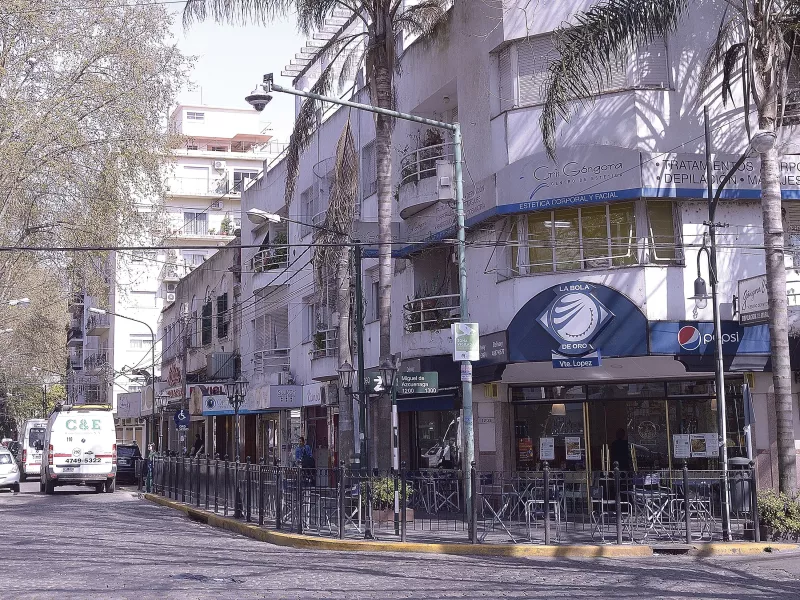
With real-time supervision of the vast majority of the city, the authorities were able to reduce the waiting time of citizens in many cases, as well as prevent traffic incidents.
“With this next-generation camera system, we are able to make residents feel safe and we can respond quickly and efficiently to anything that happens whether it’s a crime, an altercation on the transit system, or if we need to identify a suspect,” explains Santiago Espeleta. Espeleta, current Secretary of Security of Vicente López, and Martín Gasulla, Sub-secretary of Security, have been receiving delegations from other cities and countries interested in reproducing the experience.
Safer city with efficient crime prevention
With growing population comes multiple challenges. Here’s the story of a safe city project to prevent crime, improve incident management and shorten emergency response times. Rising crime rates in Vicente López, Argentina, initiated a project for change. And instead of responding to occasional demands, the city launched a long-term strategy to create a safer city, and a lasting sense of security for its citizens.
Products & solutions


